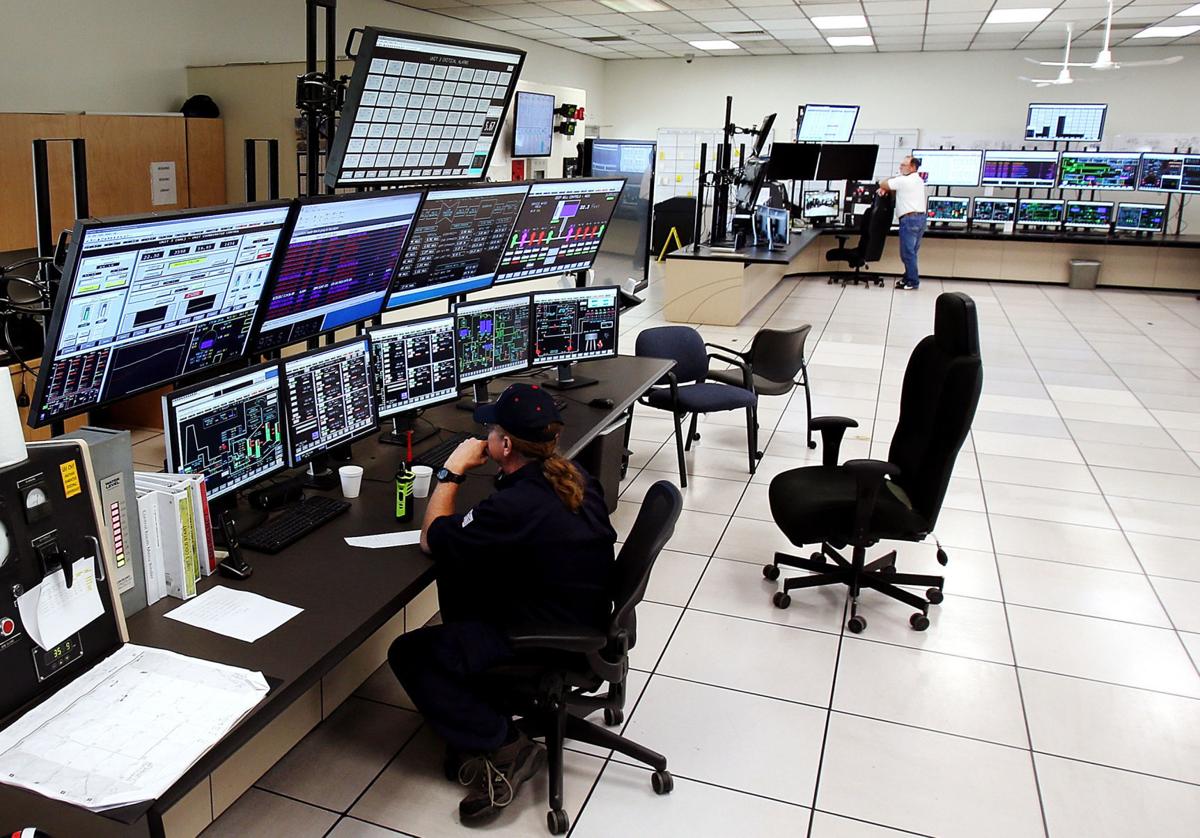Tucson Electric Power Co. is seeking a revised air-quality permit from Pima County because of planned changes to generating equipment at the H. Wilson Sundt Generating Station on Tucson’s south side.
TEP plans to remove two large steam generators at the Sundt plant and replace them with 10 natural-gas reciprocating internal combustion engines that will be used mainly to provide quick power during demand peaks, especially to offset intermittent power losses from renewable-energy sources like solar farms.
In late January, TEP received a certificate of environmental compatibility from the Arizona Power Plant and Transmission Line Siting Committee for the new engines and related transmission-line upgrades on the Sundt campus on West Irvington Road.
Because TEP is changing the generating sources at the Sundt plant, it had to apply for a revised air-quality permit from the Pima County Department of Environmental Quality, which plans public comment hearings on the proposed permit on March 1 and March 28.
The new engine plant is expected to cause an increase in emissions such as carbon monoxide, particulates, nitrogen oxides and volatile organic compounds over time, PDEQ says.
But a TEP spokesman said the utility expects a reduction in emissions because the engines will run only when needed.
TEP has said that engines will reduce Tucson-area emissions of nitrogen oxides, which contribute to ground-level ozone, by about 60 percent or about 350 tons per year, while using minimal water for cooling.
“We’re not going to use the new engines the same way we’re using the current generators,” TEP spokesman Joe Barrios said. “Overall, emissions should be better, they should be lower, because we’re not going to be running them all the time.”
As part of its proposal, TEP said each engine unit will be equipped with an oxidation catalyst system to control emissions of volatile organic compounds, carbon monoxide and organic hazardous air pollutants, and a selective catalytic reduction system to control emissions of nitrogen oxides.
TEP also has agreed to an annual limit on nitrogen oxides from the new engine plant, which TEP hopes to begin installing late this year.
After issuing a bid request in July, TEP selected Ashton Construction and power-plant developer Sargent & Lundy for engineering, procurement and construction of the new engine plant.
The engines will be provided by Wartsila, a Finland-based maker of power plant and marine propulsion systems.
PDEQ says it has worked with agencies including the U.S Environmental Protection Agency and the National Park Service and consultants to draft a permit for the Sundt engine project.
In a letter to PDEQ in September, the U.S. Fish and Wildlife Service found that the new generating engines will not affect any species or critical habitats listed under the Endangered Species Act.
At the request of the National Park Service, which is concerned with haze affecting parks, TEP provided additional modeling of the engine plant’s expected visible exhaust plume.
TEP, which stopped burning coal at the Sundt plant in 2015, says it plans to get 30 percent of its energy from renewable sources by 2030.
The utility says the new gas engines are able to ramp up more quickly to meet peak load needs and help balance the variability associated with solar and wind energy generation, such as when clouds cause photovoltaic panel production to drop.





